Home>Garden Essentials>How To Plant Apple Seeds
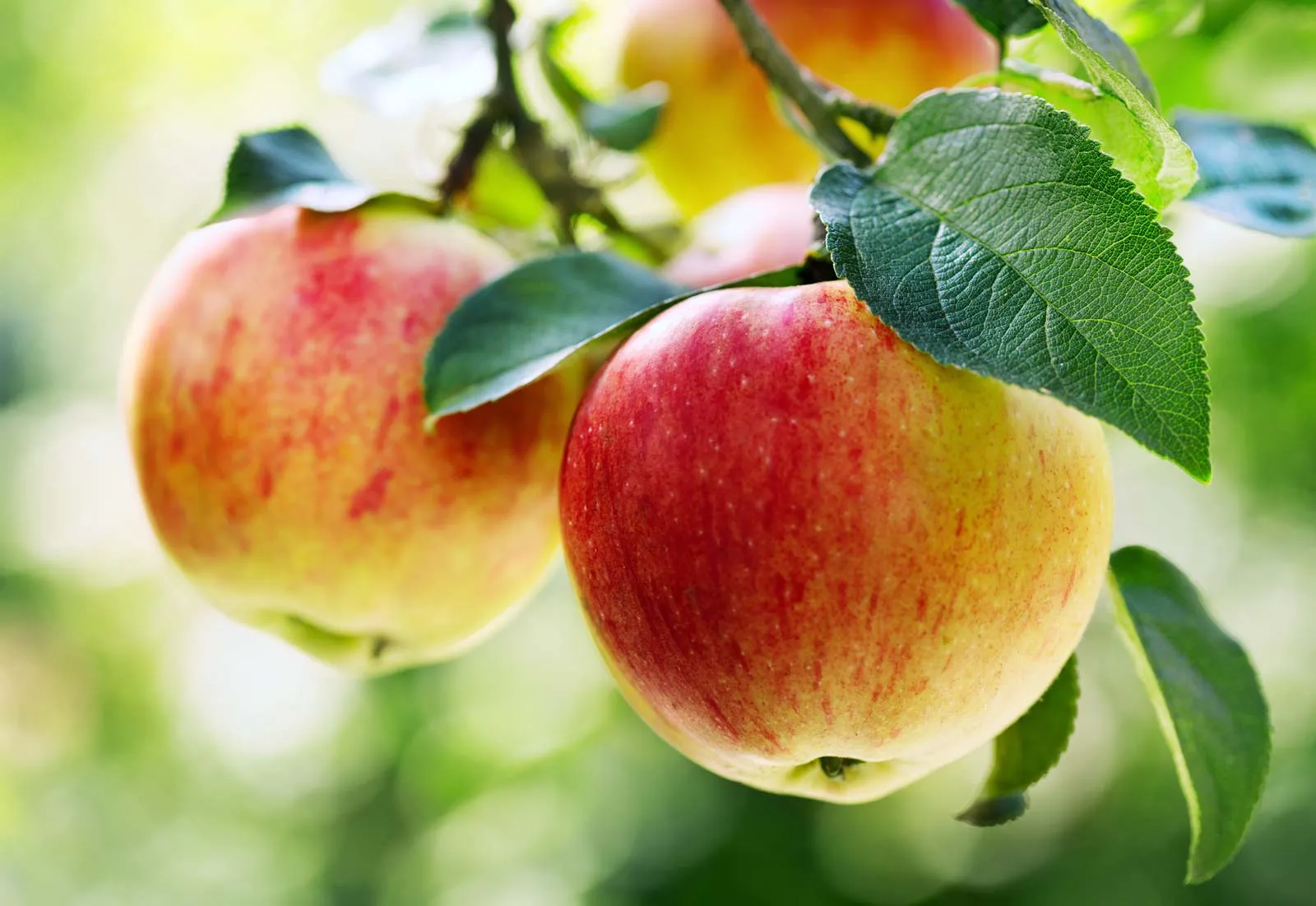

Garden Essentials
How To Plant Apple Seeds
Modified: March 15, 2024
Learn how to plant apple seeds in your garden and grow your own apple trees. Follow these step-by-step instructions for a successful gardening experience.
(Many of the links in this article redirect to a specific reviewed product. Your purchase of these products through affiliate links helps to generate commission for Storables.com, at no extra cost. Learn more)
Introduction
Have you ever bitten into a crisp, juicy apple and wondered if you could grow your own apple tree? Well, the good news is, you can! Planting apple seeds and nurturing them into thriving apple trees can be a rewarding experience for any gardening enthusiast. Not only will you have a personal supply of fresh, homegrown apples, but you’ll also get to witness the magic of nature as the seeds transform into flourishing trees.
In this guide, we will take you through the step-by-step process of planting apple seeds, from gathering the seeds to maintaining the apple trees. So, grab your gardening gloves and let’s get started!
Growing apple trees from seeds can be a rewarding experience.
Key Takeaways:
- Growing apple trees from seeds is a rewarding journey that requires patience and care. Enjoy the process, learn from each step, and savor the taste of your homegrown apples.
- Provide consistent watering, proper fertilization, and regular pruning to ensure healthy and bountiful apple tree harvests. Enjoy the fruits of your labor by harvesting ripe, delicious apples.
Read more: How To Plant Sprouted Apple Seeds
Step 1: Gather Apple Seeds
The first step in planting apple seeds is to gather the seeds themselves. You have a couple of options for obtaining apple seeds:
- Save seeds from store-bought apples: If you have recently enjoyed an apple from the grocery store, you can save the seeds from it. Simply remove the seeds from the core of the apple and rinse them to remove any excess pulp or juice.
- Harvest seeds from fresh apples: Another option is to harvest seeds from fresh, homegrown apples. Select a ripe apple from your own apple tree and scoop out the seeds.
Regardless of the source, it’s essential to choose healthy, ripe apples for seed collection. Ripe apples will have a vibrant color and firm texture. Avoid using apples that are spoiled or damaged.
Once you have gathered the apple seeds, proceed to the next step to prepare them for planting.
Step 2: Prepare the Seeds
Before planting the apple seeds, it’s important to give them the best possible chance of germination. To do this, you’ll need to properly prepare the seeds. Follow the steps below:
- Clean the seeds: Rinse the apple seeds under cool water to remove any remaining pulp or residue. Gently pat them dry with a paper towel.
- Scarify the seeds (optional): If you want to speed up the germination process, you can scarify the apple seeds. Use a sharp knife or sandpaper to lightly scrape the outer coating of the seed. This will help water penetrate the seed coat more easily.
- Soak the seeds: Fill a bowl with room-temperature water and place the apple seeds in it. Allow them to soak for 24 hours. This soaking process helps to soften the seed coat and increase the chances of successful germination.
Once you have prepared the apple seeds, they are now ready to move on to the next step of the planting process: stratification.
Step 3: Stratify the Seeds
Stratification is a process that mimics the natural conditions that apple seeds require for germination. In nature, apple seeds go through a period of cold temperatures during the winter before sprouting in the spring. Stratifying the seeds helps break their dormancy and prepares them for germination.
To stratify the apple seeds, follow these steps:
- Moisten a paper towel: Take a paper towel and dampen it with water. Ensure it’s not soaking wet, but just moist enough.
- Place the seeds: Spread out the apple seeds on one half of the damp paper towel.
- Fold the towel: Fold the other half of the paper towel over the seeds, creating a seed-filled sandwich.
- Label and seal: Place the seed-filled paper towel in a plastic bag or airtight container. Label it with the date and variety of apple seeds.
- Refrigerate: Put the bag or container in the refrigerator. The seeds need to be stored at temperatures between 32-40°F (0-4°C) for about 4-8 weeks.
During this cold stratification period, check the seeds occasionally to ensure the paper towel remains moist. After the recommended time has elapsed, your apple seeds are ready for planting.
Note: Some apple varieties may require longer stratification periods, so be sure to research the specific variety you are planting to determine the optimal stratification time.
Step 4: Plant the Seeds
Now that your apple seeds have gone through the stratification process, it’s time to plant them and watch them sprout into seedlings.
Follow these steps to plant the apple seeds:
- Select planting containers: Choose small pots or seed trays with drainage holes. Fill them with a well-draining potting mix or seed-starting mix.
- Plant the seeds: Make small holes in the soil, about 1/4 to 1/2 an inch deep. Place a stratified apple seed in each hole and gently cover it with soil.
- Water gently: Give the newly planted seeds a light watering, ensuring that the soil is moist but not saturated.
- Label the containers: Use plant tags or markers to label the containers with the date and variety of apple seeds.
- Provide warmth and light: Place the containers in a warm spot with indirect sunlight. A temperature of around 70°F (21°C) is ideal for apple seed germination.
- Maintain moisture: Keep the soil consistently moist, but avoid overwatering, as it can lead to root rot. Mist the soil lightly if it starts to dry out.
Within a few weeks, you should start to see the apple seedlings emerge from the soil. Be patient, as germination time can vary depending on the variety of apple seeds and growing conditions.
Once the seedlings are a few inches tall, they will be ready for the next step: transplanting.
After removing the seeds from the apple, rinse them and let them dry. Plant the seeds in a pot with well-draining soil, and keep the soil consistently moist. Place the pot in a sunny spot and wait for the seeds to germinate.
Read more: When Do You Plant Apple Seeds
Step 5: Provide Proper Care
Now that your apple seedlings have sprouted, it’s important to provide them with the proper care to ensure their healthy growth. Follow these steps to give your apple seedlings the best chance of thriving:
- Watering: Make sure to water the seedlings regularly, keeping the soil evenly moist. Avoid allowing the soil to dry out completely or become waterlogged.
- Light: Place the seedlings in a bright location with indirect sunlight. If growing them indoors, consider using fluorescent grow lights to provide adequate light.
- Temperature: Maintain a temperature range of around 60-75°F (15-24°C) for optimal growth. Avoid exposing the seedlings to extreme temperature fluctuations.
- Fertilization: After the seedlings have developed their first set of true leaves, you can start feeding them with a balanced, water-soluble fertilizer. Follow the package instructions for proper dilution and frequency.
- Transplanting: Once the seedlings have grown several sets of leaves and are sturdy enough, they can be transplanted into larger pots or containers. Use a well-draining potting mix and provide enough room for the roots to grow.
- Pruning: As the seedlings grow, you may need to trim them to encourage branching and shape the trees. Pruning helps promote a strong structure and enhances airflow around the trees.
Remember to monitor your apple seedlings regularly for any signs of pests or diseases. If you notice any issues, treat them promptly to prevent further damage.
With proper care, your apple seedlings will continue to grow and mature into fruit-bearing trees. Patience is key, as it may take several years before you start to see apples on your trees.
Step 6: Transplant the Seedlings
Once your apple seedlings have grown and developed a strong root system, it’s time to transplant them into their permanent growing location. Transplanting allows the seedlings to have more space for root expansion and provides them with optimal conditions for growth and fruit production.
Follow these steps to successfully transplant your apple seedlings:
- Choose the right location: Select a sunny spot in your garden with well-draining soil to ensure optimal growth. Apple trees thrive in full sunlight and require good air circulation.
- Prepare the planting hole: Dig a hole that is wide and deep enough to accommodate the root ball of the seedling. Loosen the soil in the planting hole to promote root penetration.
- Remove the seedlings: Carefully remove the seedlings from their pots, taking care not to damage the delicate roots. Gently loosen the root ball if it has become compacted.
- Place the seedlings: Position the seedlings in the planting hole, making sure the roots are spread out and not twisted or bent. The soil line on the trunk should be level with the surrounding soil.
- Backfill the hole: Fill the hole with soil, firming it gently around the roots to eliminate air pockets. Avoid packing the soil too tightly, as it can hinder root growth.
- Water thoroughly: After planting, give the seedlings a deep watering to settle the soil and provide moisture to the roots. Continue to water regularly in the following weeks to keep the soil evenly moist.
- Apply mulch: Spread a layer of organic mulch around the base of the seedlings, leaving a small space around the trunk to prevent rot. Mulch helps to retain moisture, suppress weeds, and protect the roots from temperature fluctuations.
It’s important to note that apple trees should be spaced according to their specific variety and rootstock. Be sure to research the spacing requirements for your particular apple tree to allow for proper growth and fruit production.
With proper transplanting, your apple seedlings will continue to grow and establish themselves in their new location, eventually producing tasty apples for you to enjoy.
Step 7: Maintain the Apple Trees
Once your apple trees are planted and established in their designated spot, it’s essential to provide ongoing care to ensure their health and productivity. Regular maintenance will help the trees thrive and produce bountiful harvests of delicious apples. Follow these steps to maintain your apple trees:
- Watering: Supply consistent moisture to your apple trees, especially during dry periods. Deep watering once a week is usually sufficient, but adjust the frequency based on weather conditions and soil moisture levels.
- Fertilizing: Apply a balanced fertilizer specifically formulated for fruit trees in early spring, before the trees start actively growing. Follow the package instructions for the proper application rate and method.
- Pruning: Regular pruning is crucial to shape the tree, promote air circulation, and optimize fruit production. Prune in late winter or early spring when the tree is dormant, removing any dead, damaged, or crossing branches. Thin out crowded areas to allow sunlight to penetrate the canopy.
- Pest and disease control: Monitor your apple trees closely for any signs of pests or diseases. Common apple tree pests include aphids, codling moth, and apple maggots. Use organic insecticides or other pest control methods to manage infestations. Similarly, keep an eye out for common diseases like apple scab or cedar apple rust, and take appropriate measures to prevent and treat them.
- Thinning fruit: When your apple trees produce an abundance of fruits, it’s important to thin them out to prevent overcrowding and ensure better fruit quality. Remove excess fruits, leaving only one or two per cluster, allowing the remaining fruits ample space to grow and mature.
- Mulching: Maintain a layer of organic mulch around the base of your apple trees. Mulch helps retain moisture, suppress weeds, and regulate soil temperature. Keep the mulch a few inches away from the trunk to prevent rotting.
- Harvesting: Finally, enjoy the fruits of your labor by harvesting the ripe apples when their color, texture, and flavor indicate maturity. Gently twist or lift the apple upwards to detach it from the tree. Handle the picked apples with care to avoid any bruising or damage.
By following these maintenance practices, your apple trees will stay healthy, produce abundant fruit, and bring you years of beauty and delicious harvests.
Conclusion
Congratulations! You have reached the end of our comprehensive guide on planting apple seeds and growing your own apple trees. It’s an exciting journey that starts with gathering the seeds, preparing them, and going through the process of stratification. Then comes the rewarding task of planting the seeds and providing them with proper care and maintenance.
By following the steps outlined in this guide, you can experience the joy of watching your apple seeds sprout into healthy seedlings, and eventually, mature into strong, fruit-bearing trees. Along the way, you’ll learn the importance of watering, fertilizing, pruning, and protecting your apple trees from pests and diseases.
Keep in mind that growing apple trees from seeds requires patience and time. It may take several years before your trees bear fruit, but the satisfaction of enjoying homegrown apples will be well worth the wait. Just remember to provide your apple trees with the right conditions, regular care, and attention they need to thrive.
So, get ready to embark on this exciting gardening adventure! Plant your apple seeds, nurture the seedlings, and watch as they develop into majestic trees with branches heavy with delicious apples. Gardening is a fulfilling journey that connects us to nature, and there is something truly special about growing your own food.
Enjoy the process, learn from each step, and savor the taste of your homegrown apples. Happy planting!
Frequently Asked Questions about How To Plant Apple Seeds
Was this page helpful?
At Storables.com, we guarantee accurate and reliable information. Our content, validated by Expert Board Contributors, is crafted following stringent Editorial Policies. We're committed to providing you with well-researched, expert-backed insights for all your informational needs.
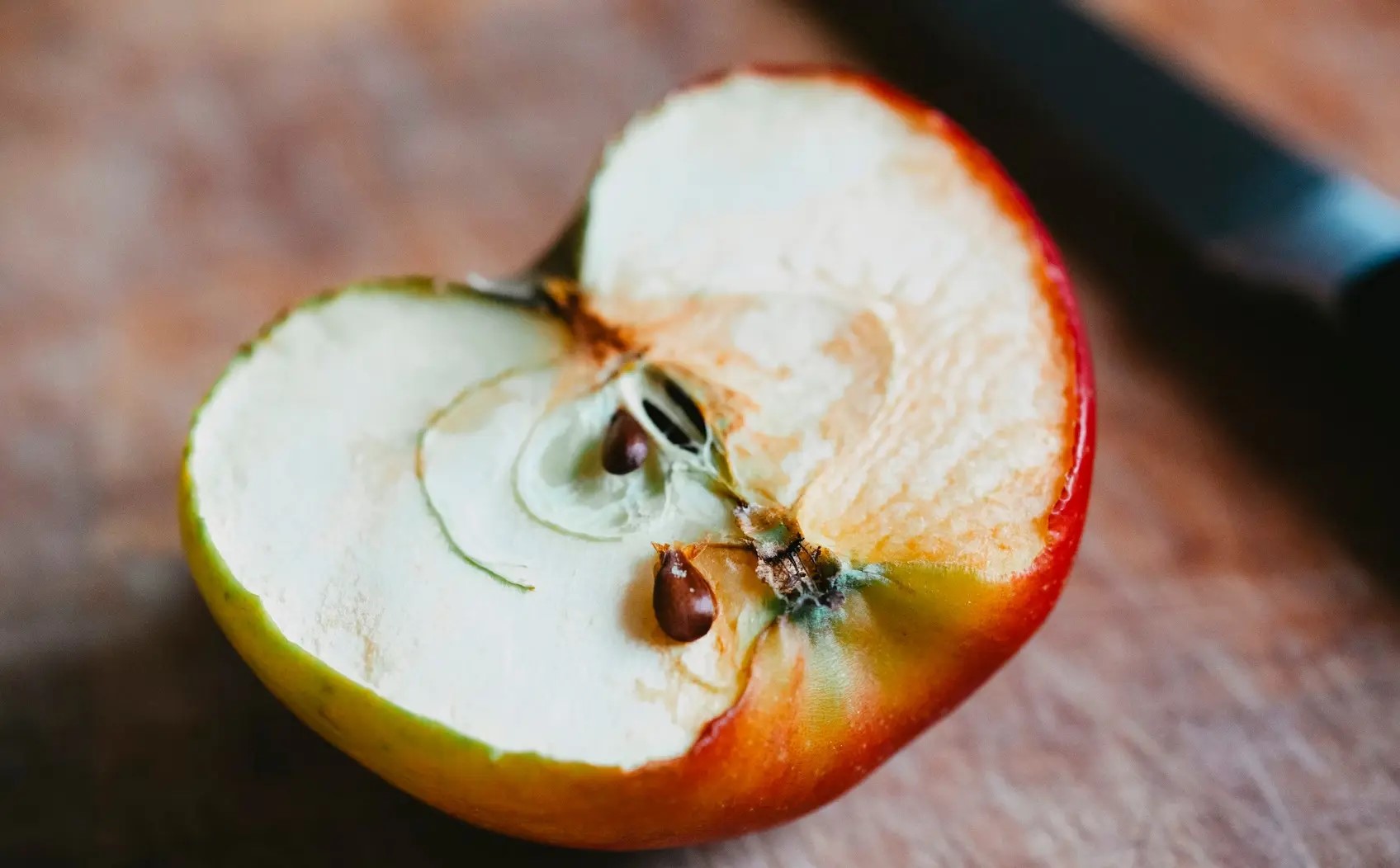
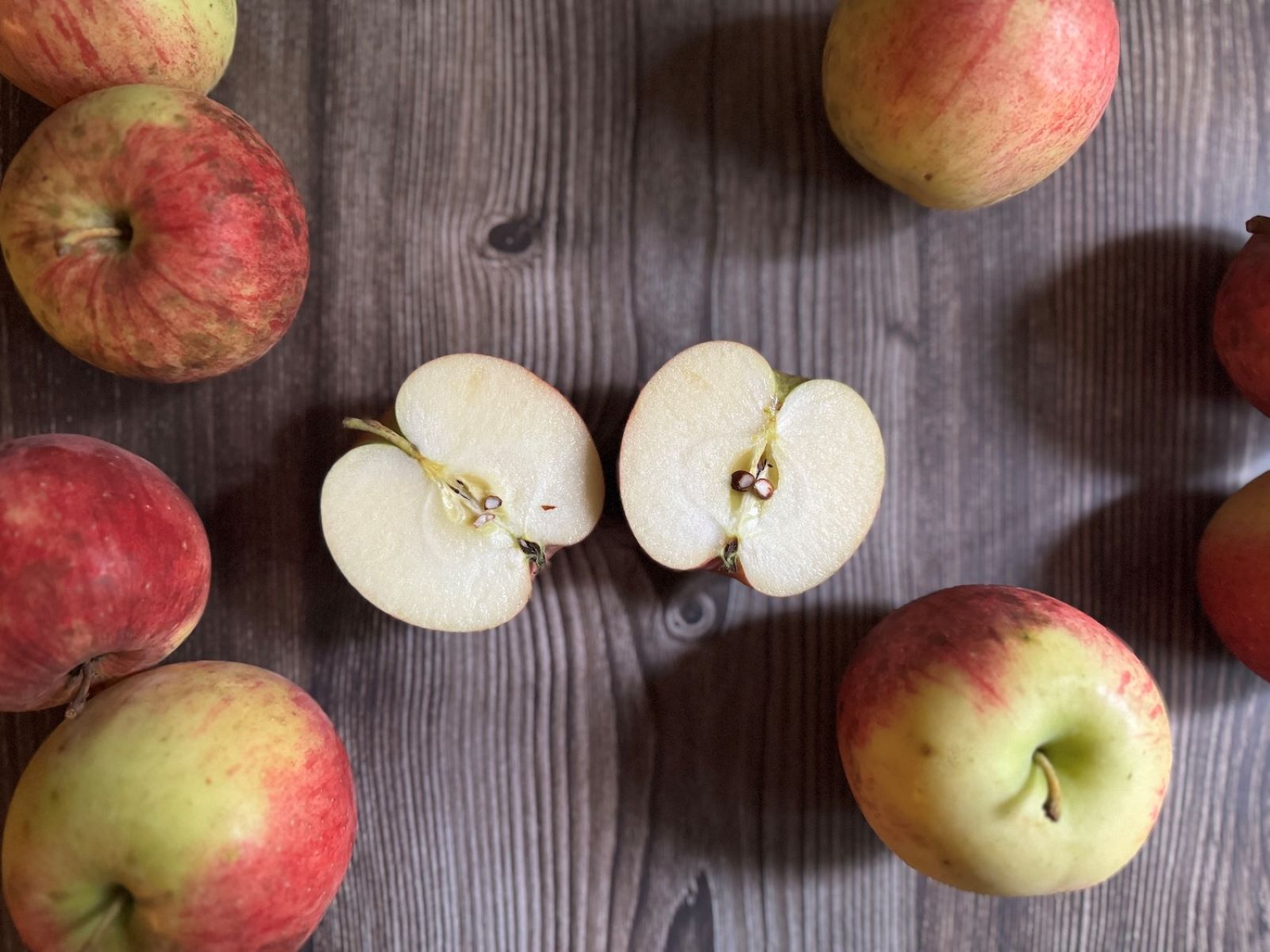
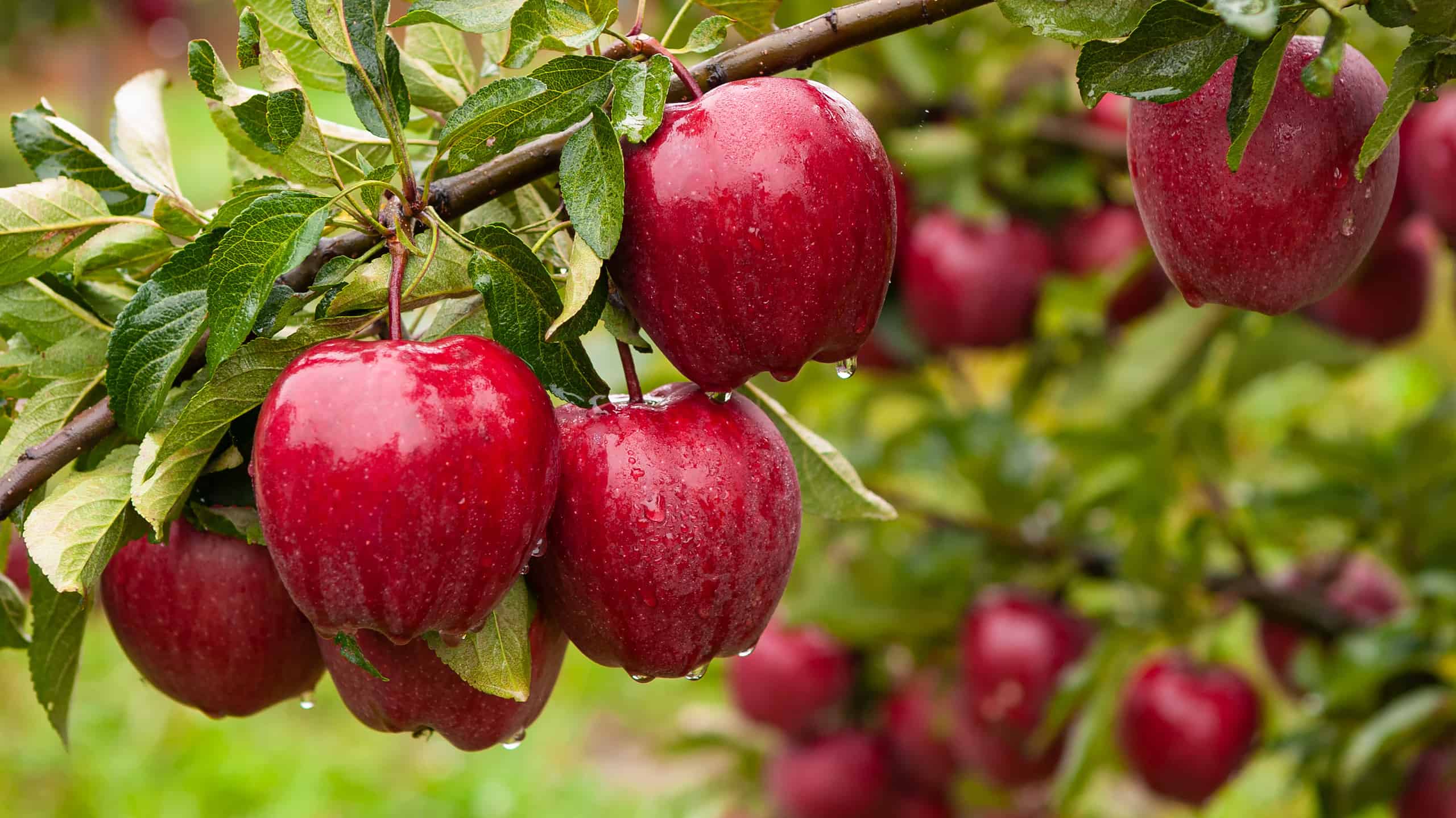
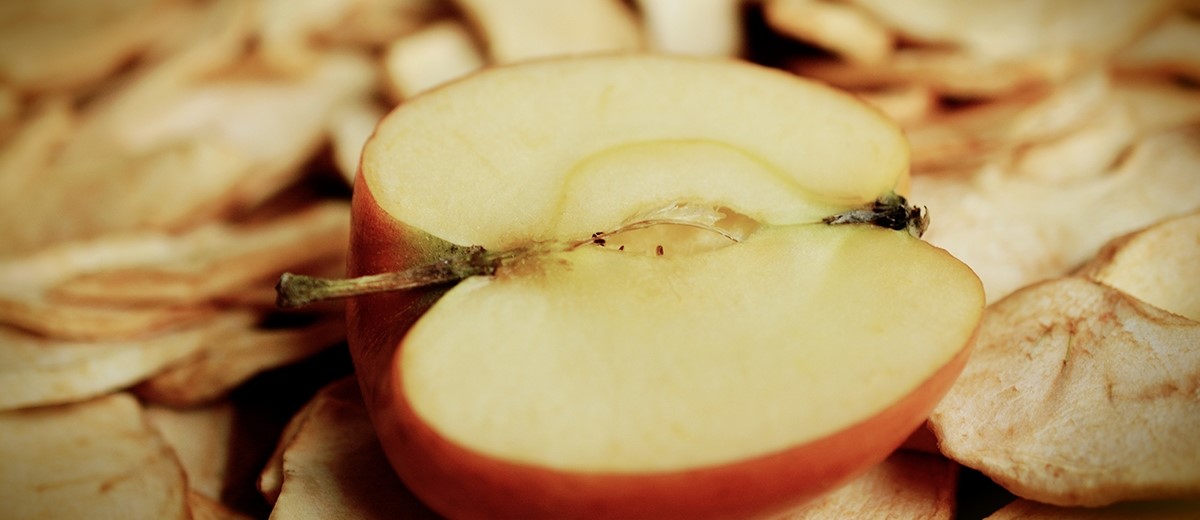
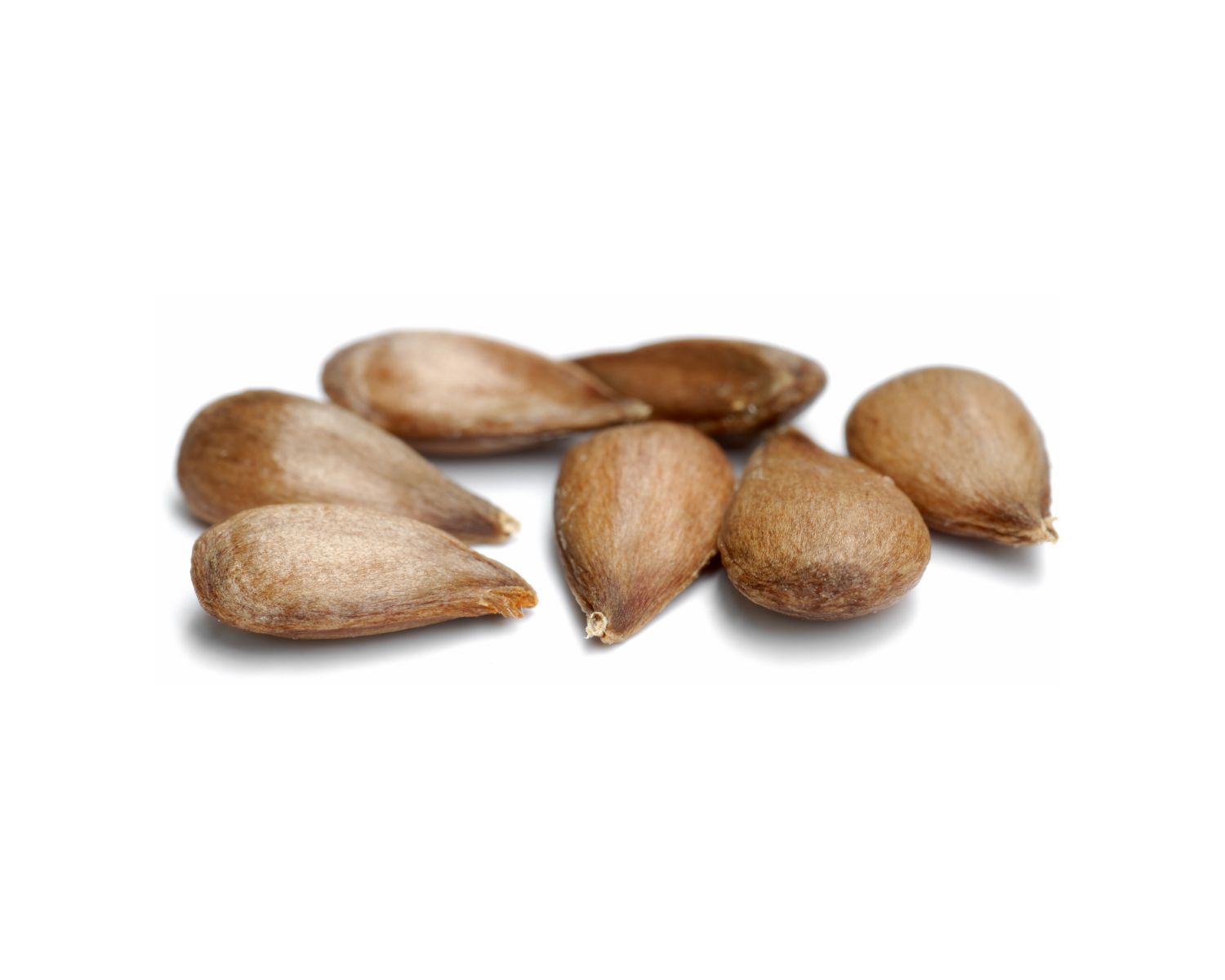


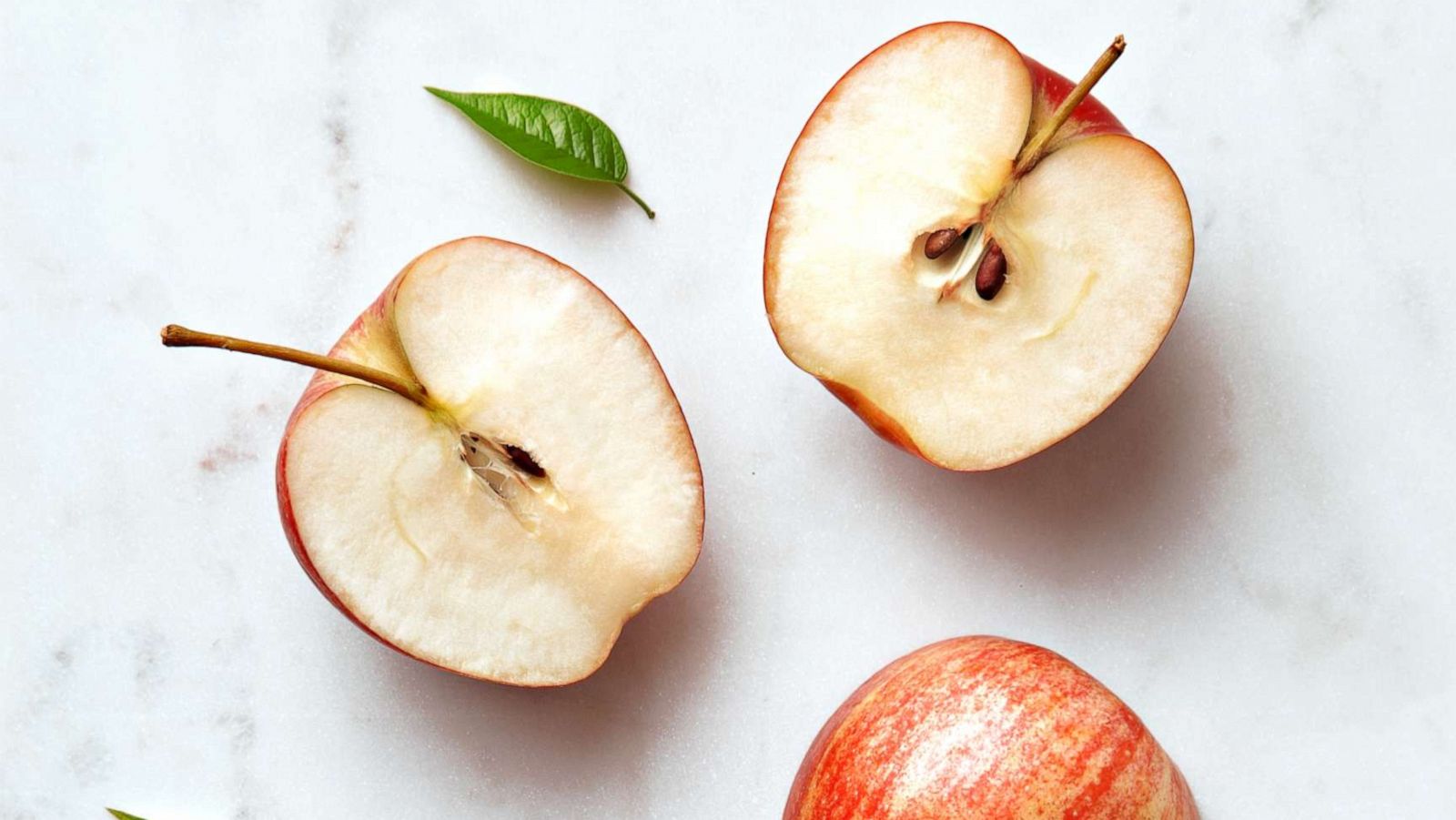

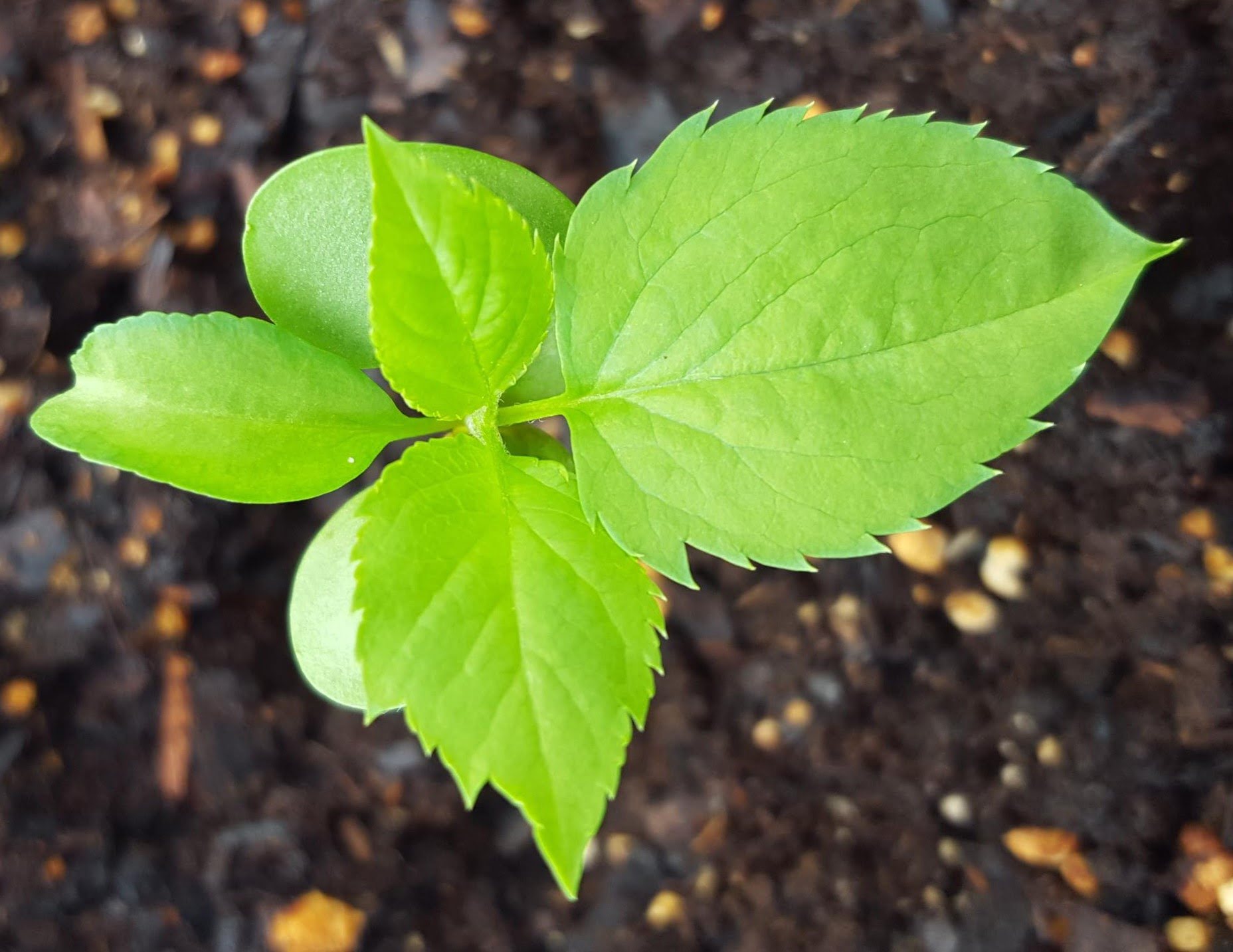

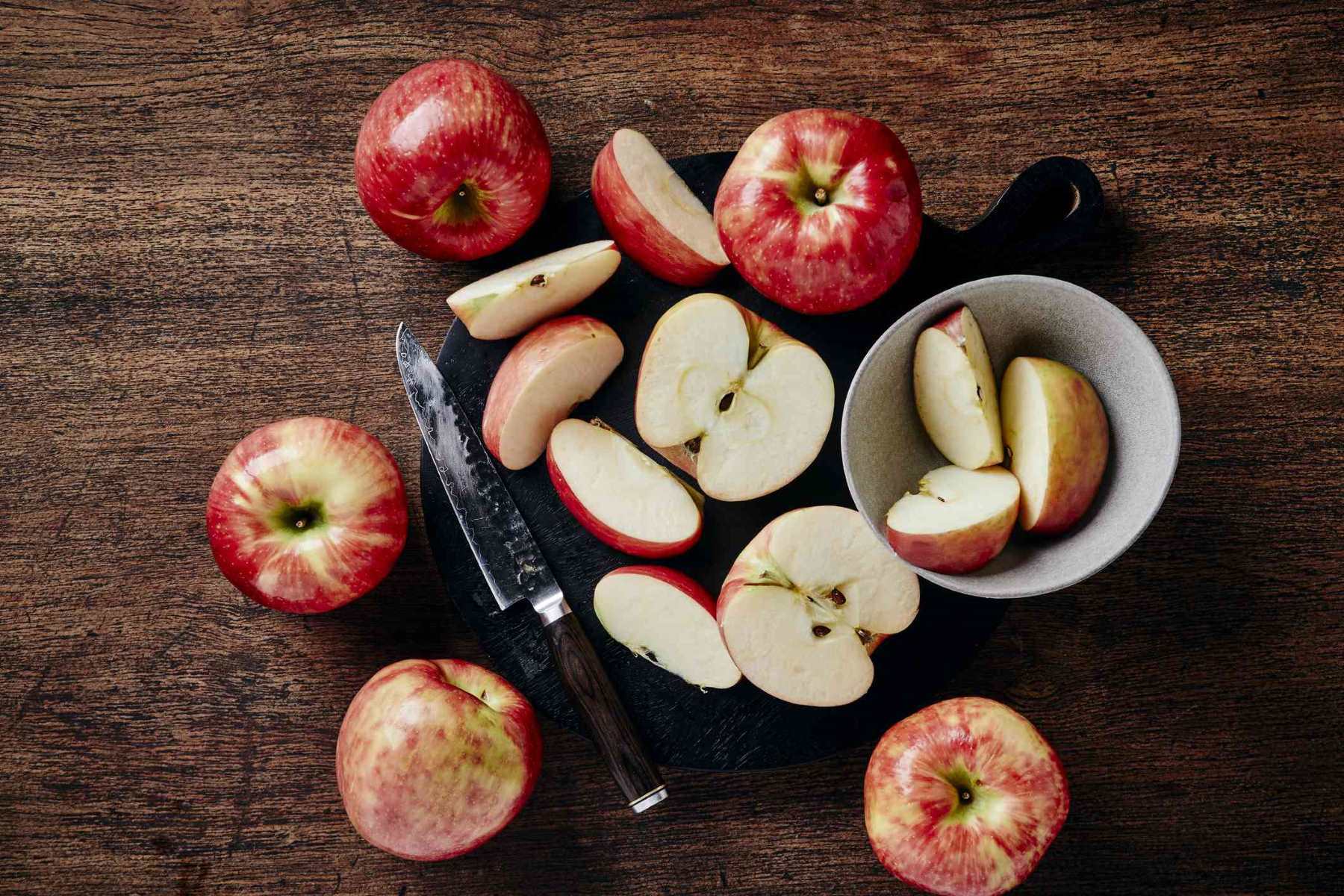
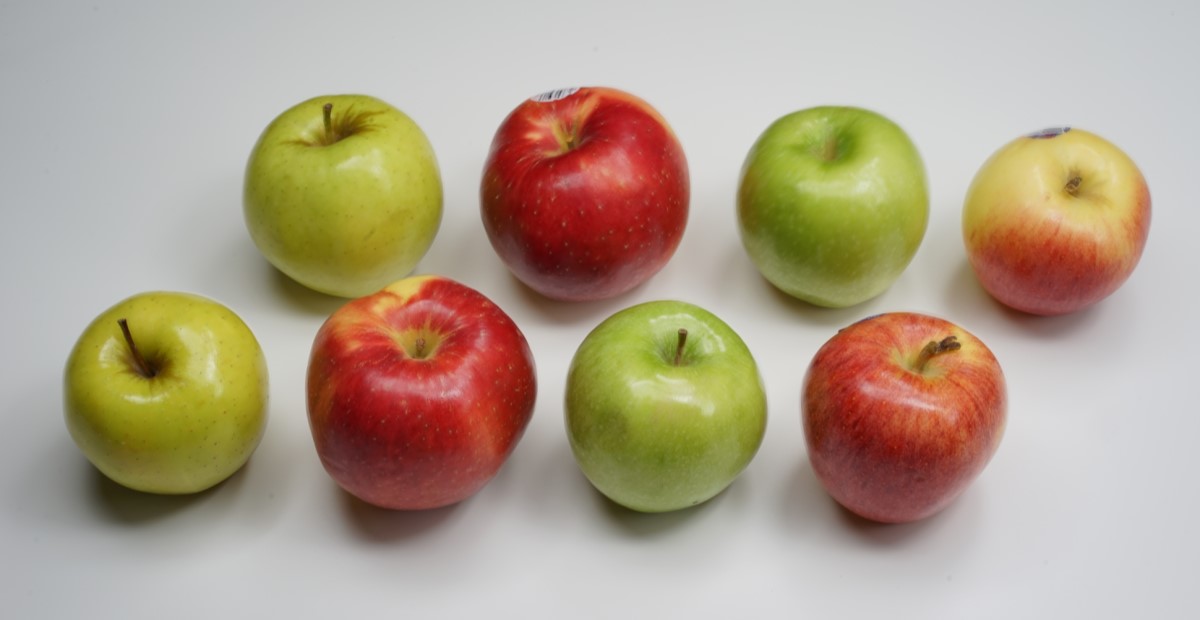
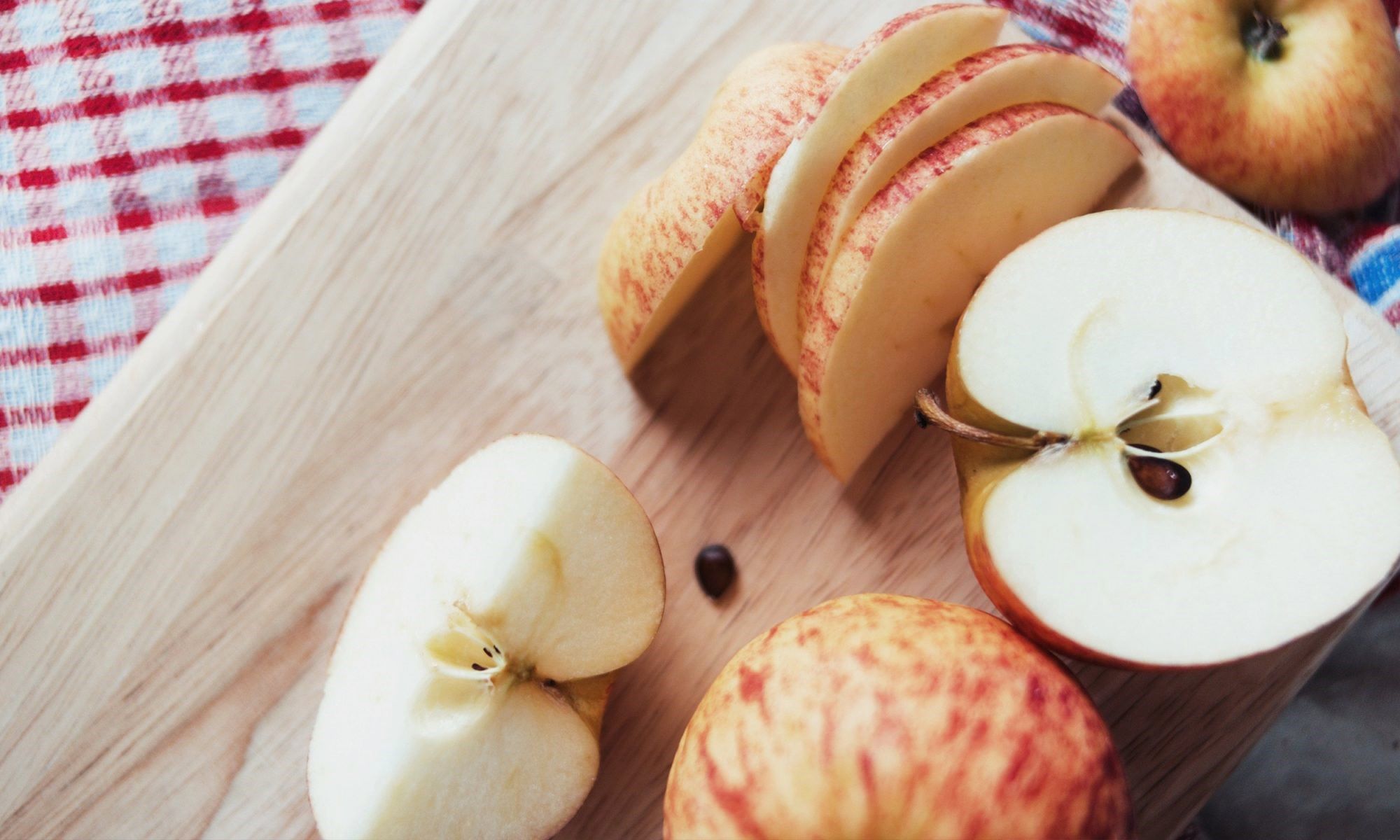

0 thoughts on “How To Plant Apple Seeds”